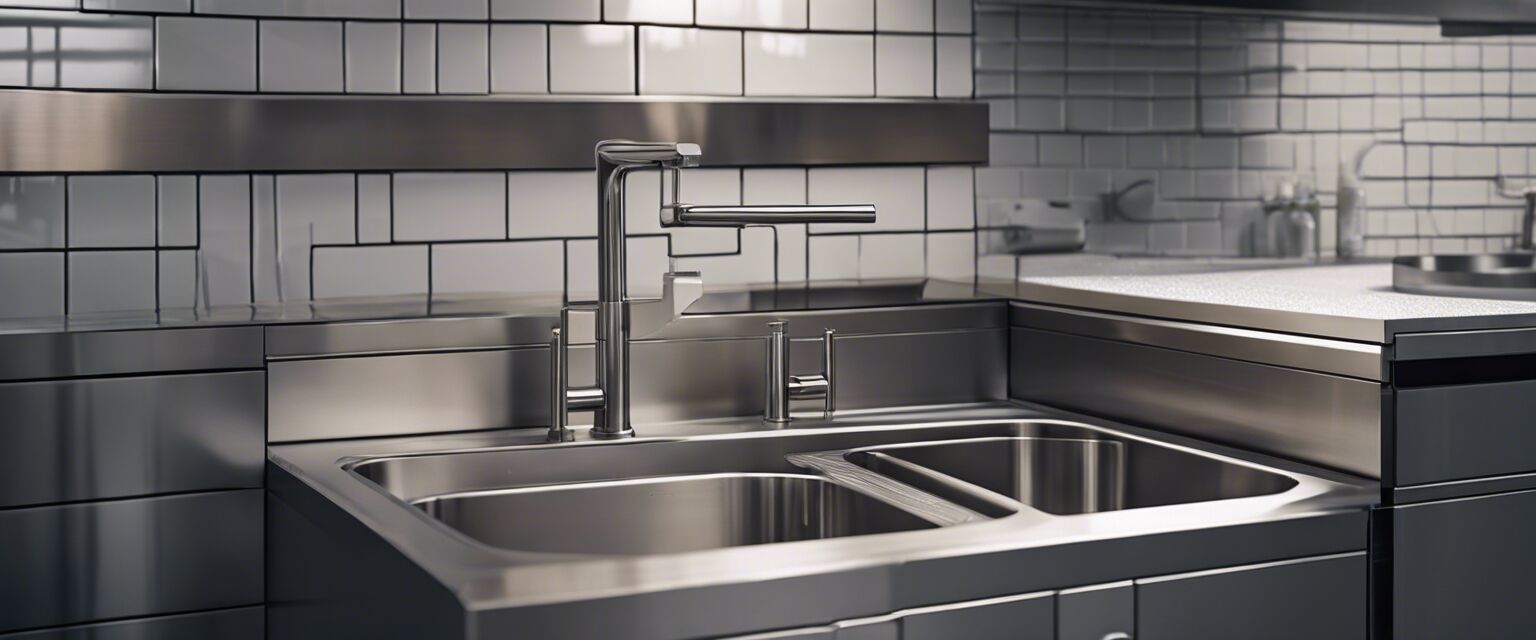
Grease Trap Sinks
Key Takeaways
- Grease trap sinks are essential for managing waste in commercial kitchens.
- Regular maintenance of grease traps is crucial for optimal performance.
- Choosing the right materials enhances durability and sanitation.
- Understanding local regulations helps in proper installation and usage.
In the bustling world of commercial kitchens, managing waste efficiently is critical for both compliance and functionality. Grease trap sinks are specifically designed to filter out fats, oils, and grease from wastewater, ensuring sanitary conditions and compliance with local regulations. Understanding their significance, types, and maintenance needs is vital for any restaurant or institutional kitchen.
What are grease trap sinks?
Grease trap sinks are specialized plumbing fixtures that separate grease and solids from wastewater before they enter the main drainage system. This process protects the sewer system and promotes hygiene in commercial kitchens.
How do grease trap sinks work?
The operation of a grease trap sink involves multiple steps:
- Wastewater enters the sink: As water from dishwashing or food preparation flows into the sink, it carries grease and solids.
- Separation process: The sink features a designed chamber where grease floats to the top, while solids settle to the bottom.
- Collection: The grease is trapped, allowing only cleaner water to flow out into the drainage system.
Types of grease trap sinks
Grease trap sinks come in various configurations and materials. Knowing the types available can help in selecting the right one for your kitchen.
| Type | Description | Best Usage |
|---|---|---|
| Undermount Grease Trap Sink | Installed beneath countertops, providing seamless integration. | Ideal for smaller spaces and modern kitchen designs. |
| Drop-In Grease Trap Sink | Designed to drop into a cutout in a countertop. | Versatile and easy to install in existing kitchens. |
| Freestanding Grease Trap Sink | A standalone unit that can be placed anywhere in the kitchen. | Perfect for busy kitchens needing flexibility in workflow. |
| Mobile Grease Trap Sink | Portable units that can be moved as required. | Useful for outdoor events or temporary setups. |
Benefits of grease trap sinks
- Prevents clogs: Helps in avoiding major plumbing issues.
- Enhances safety: Reduces slip hazards caused by greasy floors.
- Promotes hygiene: Keeps the kitchen cleaner and more sanitary.
- Complies with regulations: Meets local waste management laws and standards.
Maintenance tips for grease trap sinks
Beginners Section: Maintenance Tips
- Check the grease trap regularly, ideally every month.
- Clean out accumulated grease and solids periodically.
- Hire a professional for thorough inspections.
- Keep a maintenance log to monitor cleaning and service dates.
Common problems and troubleshooting
Understanding potential issues can help maintain your grease trap sink:
- Odor Issues: Could indicate a buildup of grease. Clean the trap immediately.
- Sinks draining slowly: A sign of clogging. Regular cleaning is essential.
- Visible grease buildup: Schedule professional cleaning.
Conclusion
Grease trap sinks play a crucial role in maintaining the hygiene and efficiency of commercial kitchens. By selecting the right type and performing regular maintenance, kitchen managers can ensure a smooth operation while adhering to health regulations.
Pros
- Improves kitchen hygiene.
- Reduces plumbing issues.
- Complies with environmental regulations.
Cons
- Requires regular maintenance.
- Initial installation costs can be high.
- Potential for backup without proper care.








